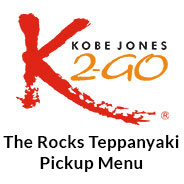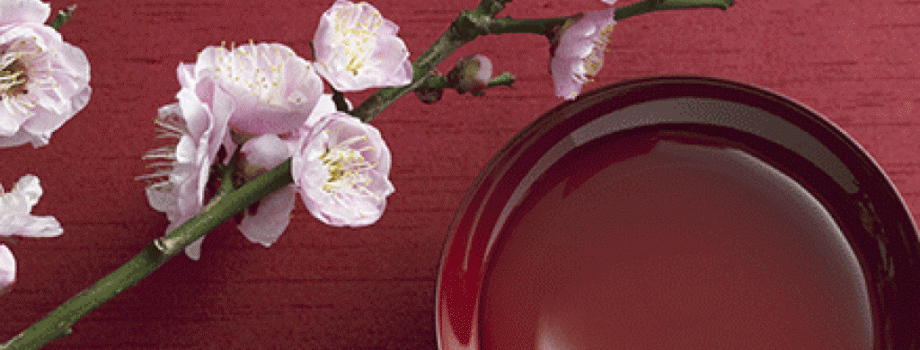Sake is synonymous with Japan, having been around since ancient times. Over the years, it has developed to incorporate modern manufacturing techniques, but the concept is still the same – Japanese sake is a rice wine made by fermenting rice that has been polished to remove the bran.
The origin of sake is unclear, however there is evidence of 3rd-century Chinese text that speaks of the Japanese drinking and dancing. The earliest Japanese reference to sake is recorded in the Kojiki, Japan’s first written history compiled in 712 AD. This would place koji-based sake’s origin somewhere in the Nara period.
There is mention that it was during this time when sake was used by the storm god Susanoo-no-mikoto to intoxicate and slay the Eight-Forked Serpent.
Heian period
During the Heian period, which preceded the Nara period and began in 794 AD, sake was used for religious ceremonies, court festivals, and drinking games. Sake production was a government monopoly, with sake’s popularity rising at the same time as the nation was in the grips of establishing important laws. Politics and sake became intertwined, and a government office for sake brewing, called the Miki no Tsukasa was formed. This office regulated the brewing of sake for the imperial court, and it was here that a “sakabe” was appointed to administer the brewing of rice, water and koji.
Muromachi period
During the Muromachi Period (1336-1573), there were around 300 sake breweries in Kyoto, the oldest capital of Japan . The government’s involvement meant that processing and brewing methods were improved, and a three-step fermentation process called Sandan Jikomi became common practice.
At the same time, the brewers of sobo shu, sake brewed in temples in Nara and other places, came to lead the development of moto yeast brewing techniques, techniques similar to those that are used today.
Seishu
By the 17th and 18th centuries, techniques for brewing clarified sake – seishu – had become firmly established in a procedure that is nearly identical to contemporary sake production processes. Seishu was transported by ship to Tokyo (at the time Edo), and its instant popularity caused sake breweries to rise up all over the country. Sake has since become a part of daily life throughout Japan.
How to drink sake
There are today about 1,600 producers of sake in Japan, and there are always new variants to discover. Each sake has a suggested temperature at which to drink it, so it’s worth asking a sommelier or referring to the label to best enjoy a specific sake. It is usually served in a decanter called Tokkuri in measurements of 180ml or 360ml, or 720ml. You drink the sake from a small cup called sakazuki.
Sake as a culture
Sake has, over its history, developed a special cultural significance in Japan and is today entwined with many of the country’s traditions and customs. No longer reserved for the gods, sake is today widely available and relatively inexpensive, although it does still hold great historical importance.
Japanese people drink sake both at home and when out at restaurants and bars, although it’s particularly associated with a casual style of bar in Japan, called an izakaya.
While sake is drunk throughout the year, there are special times when sake holds extra significance. This includes:
- Hanami: Hanami refers to the time when Japan is engulfed in spectacular displays of the spring cherry blossom, which tend to last only a few short weeks. The Japanese are encouraged to take a day of hanai, in which they wile away the hours underneath a cherry tree, drinking sake with friends.
- Tsukimi Zake: Traditionally taking place in September or October, tsukimi zake originates from the custom of offering produce to the gods in exchange for a bountiful harvest, and encourages people to enjoy a glass or two of sake by the light of the full moon.
- Yukimi: Yukimi Zake means “snow-viewing sake” and is usually drunk hot while you take in the wonders of the country’s first big snowfall of the year.
Sake is also drunk a certain way depending on the time of year, with celebratory varieties including:
- Spiced New Year sake: O-shogatsu, New Year spiced sake, plays an important part in New Year festivities, and is infused with a blend of herbs to ward off illness and bring harmony for the coming year. Also called o-toso, the herbs include cinnamon, pepper and sansho (Japanese pepper), and each family must drink some (from the youngest to the oldest) on the morning of New Year’s Day.
- Peach blossom sake: The Momo no Sekku (the Peach Seasonal Festival) is held on the 3rd of March, and everyone is encouraged to drink sake that has had peach blossom added to it. This is said to ward off illness and injury, and purify the body.
Sake is Japan’s national drink, and so traditional and so pervasive is it that in the Japanese language, the word for alcohol is simply “sake”. It’s distinguished itself from other alcohols of the world for a number of reasons, and offers the highest alcohol content of any naturally fermented beverage. It uses not one but three major types of microorganisms – fungi, bacteria and yeast, and it offers the highest number of components in terms of taste, sweetness, fragrance and colouring.
Sake is more than a drink – it’s a lifestyle.






 (7 votes, average: 4.14 out of 5)
(7 votes, average: 4.14 out of 5)